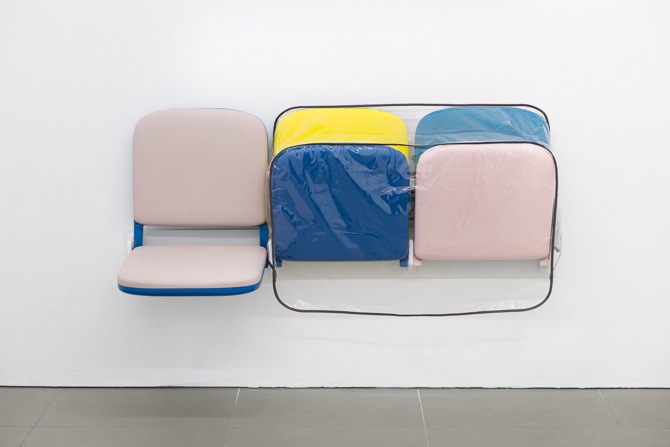
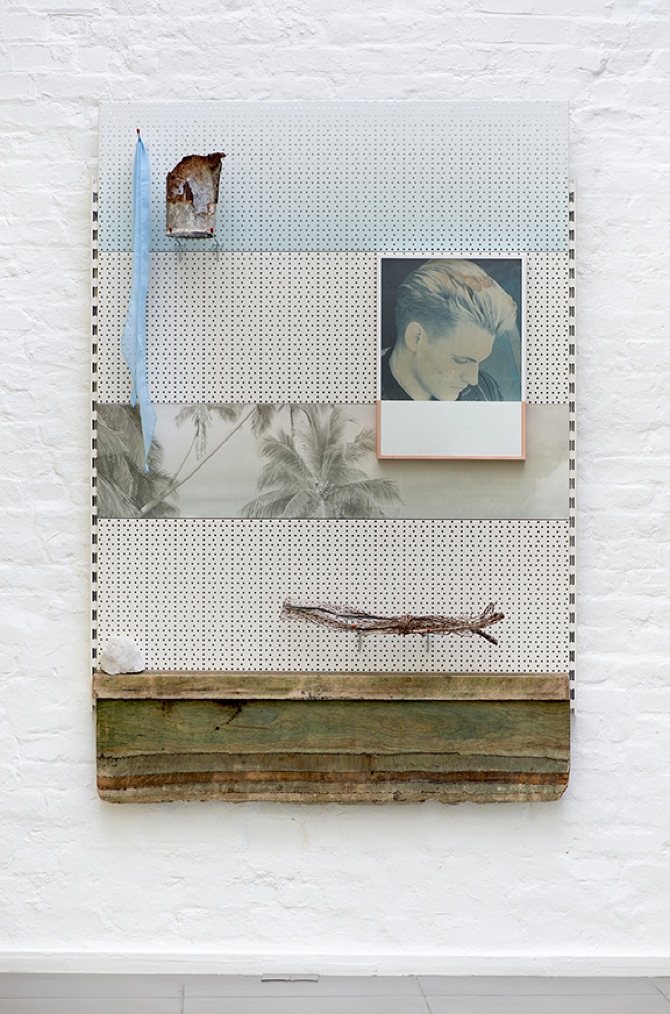

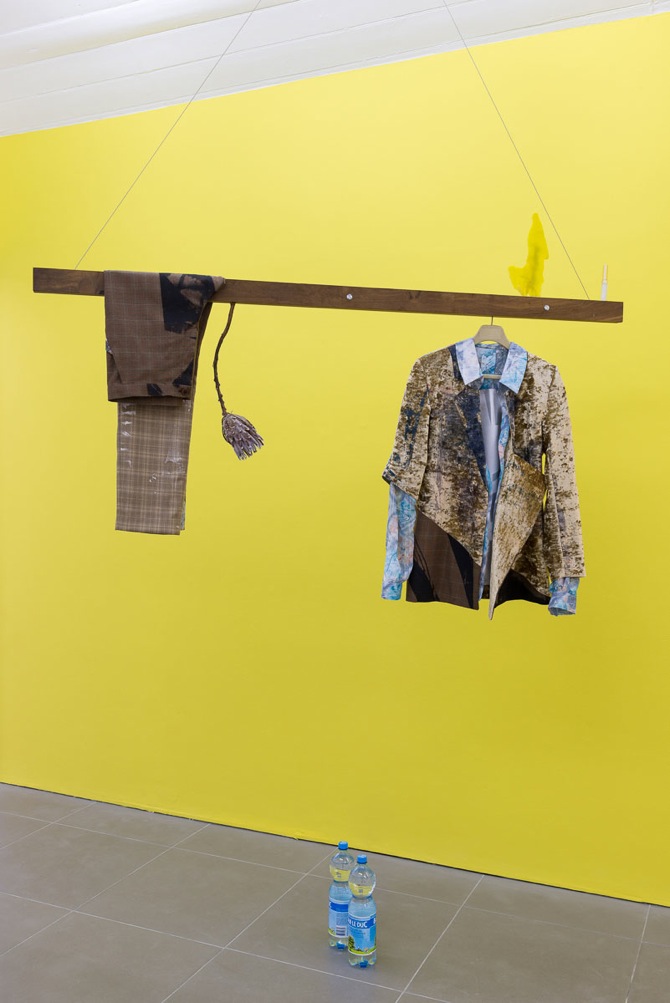 from the top: Magali Reus, Parking (Jogs), 2013 / Gabriele Beveridge, See through you, 2013 / Installation view Comrades Of Time / Bas Van Den Hurk, Untitled, 2013 / courtesy the artists, photos by Cell Project Space
from the top: Magali Reus, Parking (Jogs), 2013 / Gabriele Beveridge, See through you, 2013 / Installation view Comrades Of Time / Bas Van Den Hurk, Untitled, 2013 / courtesy the artists, photos by Cell Project Space
From creepy hotel rooms to spectacular one-day-shows: London-based curator Tobias Czudej continuously re-invents strategies to present art, to experiment and to doubt traditional display concepts – until the exhibition itself turns into an art form. With his project CHEWDAY'S, which refers to the way people pronounce Tobias surname, he recently curated the show "Comrades of Time Comrades of Time", which is still on display at Cell Project Space in London Hackney. While it is not only a striking assemblage of up-and-coming artists, the show demonstrates an unconventional approach towards spatial performance. Senses are challenged, yet the visual appearance remains minimalist. I spoke to Tobias about his motivation to do exhibitions, his view on contemporary art and about Comrades of time.
Anna-Lena Werner: Tobias, is there a programmatic coherence between the CHEWDAY'S shows that you have done so far?
Tobias Czudej: There is a very particular format for exhibiting contemporary art: white walls, grey floor, private view 6-8pm, open to the public Tue-Sat, 10 – 6 pm for 6 weeks, etc. After working in galleries for a number of years I started to question a lot of these temporal and display conventions. On one hand I am looking to experiment with and test these as a means to manipulate the conditions of how artworks are encountered and see what is possible to get away with. I am often thinking of the exhibition as an art format in itself.
Some of the shows are only open for one day. The opening event is the exhibition. These shows hold the same weight as the longer exhibitions but instead of people engaging with the work slowly over a number of weeks this format concentrates the energy of engagement into a number of hours. Only a small amount of people are invited; the majority experience the exhibition through chinese whispers or online, which both intensifies the idea of the physical present and heightens the distinction between the exhibition and the documentation of the exhibition.
The most recent exhibition – Comrades of Time Comrades of Time at Cell Project Space – is a more conventional format, yet there are also elements that can only be experienced if you are there in person: Paul Cowan's scented monochrome wall, a set of saloon doors you have to walk through to enter the exhibition, a single firework that was set off on the opening night. This balance between the exhibition as an event/stage and meaningful engagement with the art works is something I am always hoping to achieve.
Anna: "Comrades of Time Comrades of Time" is the second exhibition that you titled after the essay by Boris Groys. What makes this text so important to your perception of art?
Tobias: The first exhibition in the series was actually organised by Bas van den Hurk last year in Tilburg. I had worked with Bas before this, and really responded to the text and the ideas behind the show, so we started speaking around this time about a second edition of the series in London.
For me the most important aspect of the text is Boris Groys’ analysis of the nature of the contemporary condition. He posits that after the fall of communism – the last modern project - we no longer belong to this historical narrative, we no longer believe in this idea of an infinite future. We lose our time without being able to accumulate or invest it. We are in a period of infinite delay, of boredom, where the past and the future are constantly rewritten. This loss of an infinite historical perspective generates an excess of time. Groys argues that truly ‘contemporary’ art, reflects this contemporary condition, thematizing the excess of time and working as a collaborator of time, a comrade of time.
I had been thinking a lot about these ideas before I came across the text, but Groys really clarified them for me; I am very much interested in this notion of suspended time and how contemporary art relates to the trajectory of Modernism.
Anna: The show includes mostly installation-based art from ten contemporary and mostly emerging artists. How are the works of these ten comrades of time linked to each other?
Tobias: They are all linked in different ways and perform different functions within the exhibition. There are formal and conceptual differences but they all operate in a similar way.
In his text Boris Groys champions the video loop as the prime example of an art form that is truly contemporary. This – he says - is because it thematizes the excess of time – unlike the traditional arts (painting, sculpture etc.) which are time based art (are made with the idea of them being preserved for the future) - the video loop is art based time, a true comrade of time. What this exhibition puts forward is the relevance of the traditional arts to Boris Groy's theory. The works included are explicitly material – adopting modernist formats - yet they do not accumulate time as objects. They are beside themselves. Their content is slippery and fixed engagement is deferred, there is no conclusion or resolution.
In his text Boris Groys champions the video loop as the prime example of an art form that is truly contemporary. This – he says - is because it thematizes the excess of time – unlike the traditional arts (painting, sculpture etc.) which are time based art (are made with the idea of them being preserved for the future) - the video loop is art based time, a true comrade of time. What this exhibition puts forward is the relevance of the traditional arts to Boris Groy's theory. The works included are explicitly material – adopting modernist formats - yet they do not accumulate time as objects. They are beside themselves. Their content is slippery and fixed engagement is deferred, there is no conclusion or resolution.
The making of the artworks is largely outsourced, to printers, gallery technicians, fabricators etc. There is a disclocation between the material and the self. They operate as fragments caught in transmission, only to continue their journey laterally across multiple networks. Instead of time being accumulated historically it is dispersed globally.
Anna: Many of the artists involve objects and material that is radically re-contextualised. Especially in the wall sculpture by Gabriele Beveridge, the mixed-media installations by Bas Van Den Hurk and the one by Bryan Dooley the artists seem to entirely withdraw and invert the original purpose of the material that they use. How important is the value of artistic materiality to this show?
Tobias: The value of materiality is of central importance to the exhibition. These processes of recontextualisation - empty the objects of content leaving the material physical presence stripped bare - their original purpose obscure or vacant.
Anna: Do you believe that the haptic element is being repressed by digitalism?
Tobias: Perhaps the opposite. Maybe expanded...
Anna: Even though the show appears very clean and integrates minimalist elements, the flesh-coloured silicon plates by Nikolas Gambaroff and also the partly melted metal cabinet by Matias Faldbakken suggest a visceral and a corporeal aspect. What is more important for your comprehension of the exhibition: The uncanniness of these objects or the rational accentuation of the material's transformation ability?
Tobias: The material’s transformative ability, and how this relates to David Joselit's writings on transitive painting 'once an object enters a network it can never be fully stilled only subject to different material states and speeds of circulation.' These two works particularly but also the others in the exhibition, actualize the transformation between material states and the behaviour of these objects within networks.
The corporal aspect is also important. The human or the body is referenced or beckoned to in all of the works: Paul Cowan’s windows, Magali Reus’s chairs, Bryan Dooley’s exercise bar, Marlie Mul’s speaker of human dimensions quietly eating popcorn in the corner. Yet through different tactics the works are made ungraspable.
Anna: In the press release you describe the show as being about "Art for art's sake 2.0". Where is this new path heading and where do you see the difference to former concepts?
Tobias: In the footnote of the press release I expand on this saying - If Kasimir Maelvich's white on white painting is a work of pure feeling, these are works of pure transmission. I feel there is a revisiting of modernist ideas, aesthetics, tactics – yet approached from a new globalised, post-internet position; where modernist values of pure expression etc. have been switched for high speed transmission.
I am not sure where this new path is heading....round and round at increasing speed.
Comrades Of Time, Comrades Of Time
Curated by CHEWDAY'S
with Gabriele Beveridge • Paul Cowan • Bryan Dooley • Koen Delaere • Matias Faldbakken • Nikolas Gambaroff • Wade Guyton • Bas van den Hurk • Marlie Mul • Magali Reus
with Gabriele Beveridge • Paul Cowan • Bryan Dooley • Koen Delaere • Matias Faldbakken • Nikolas Gambaroff • Wade Guyton • Bas van den Hurk • Marlie Mul • Magali Reus
8th November - 22nd December
Open Friday-Sunday 12-6pm
258 Cambridge Heath Road
London E2 9DA
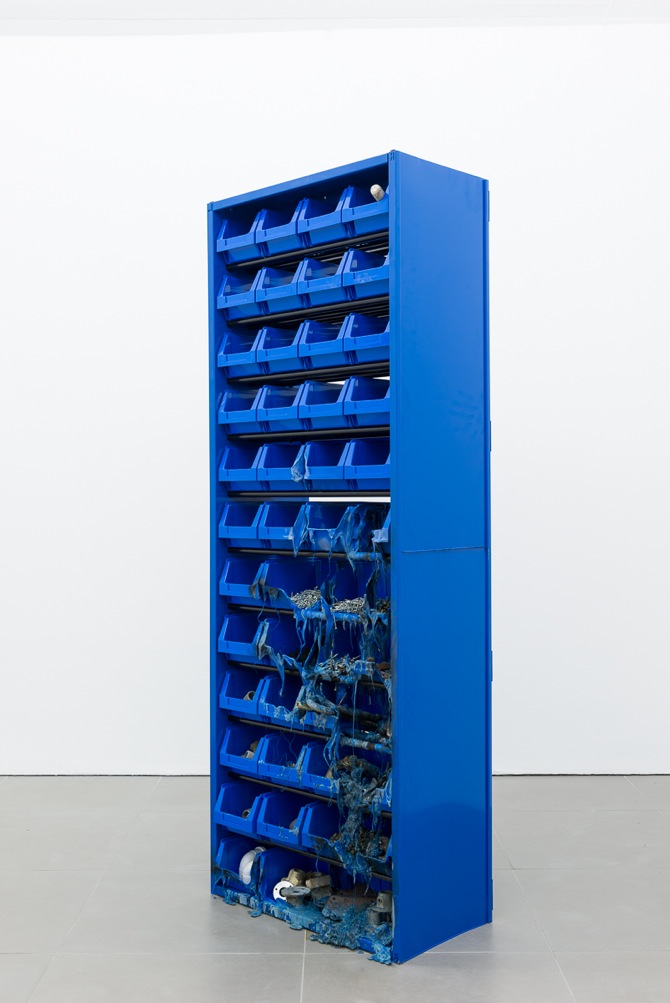

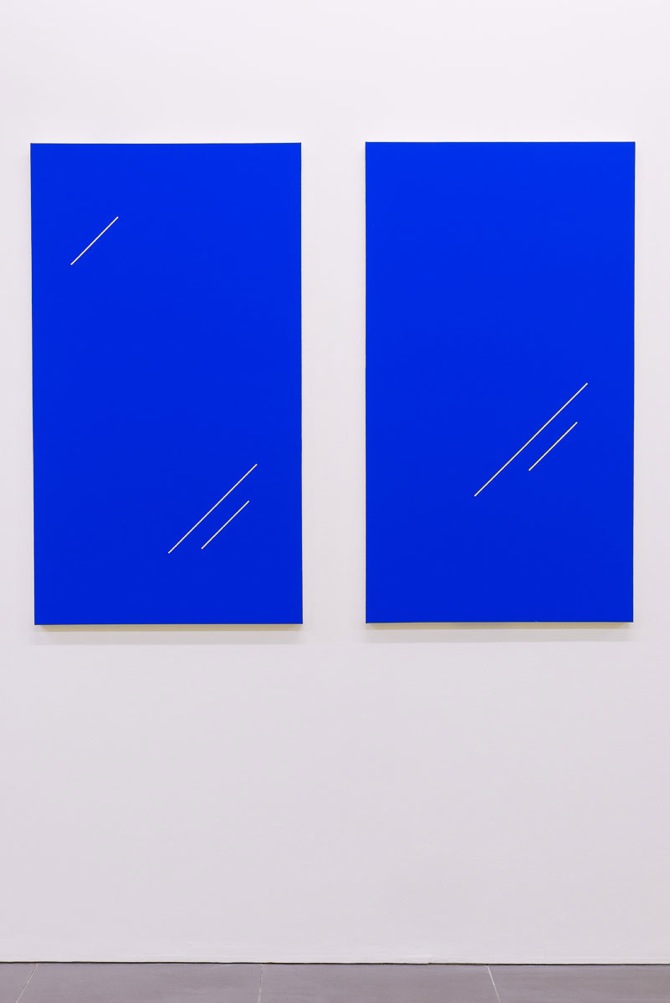
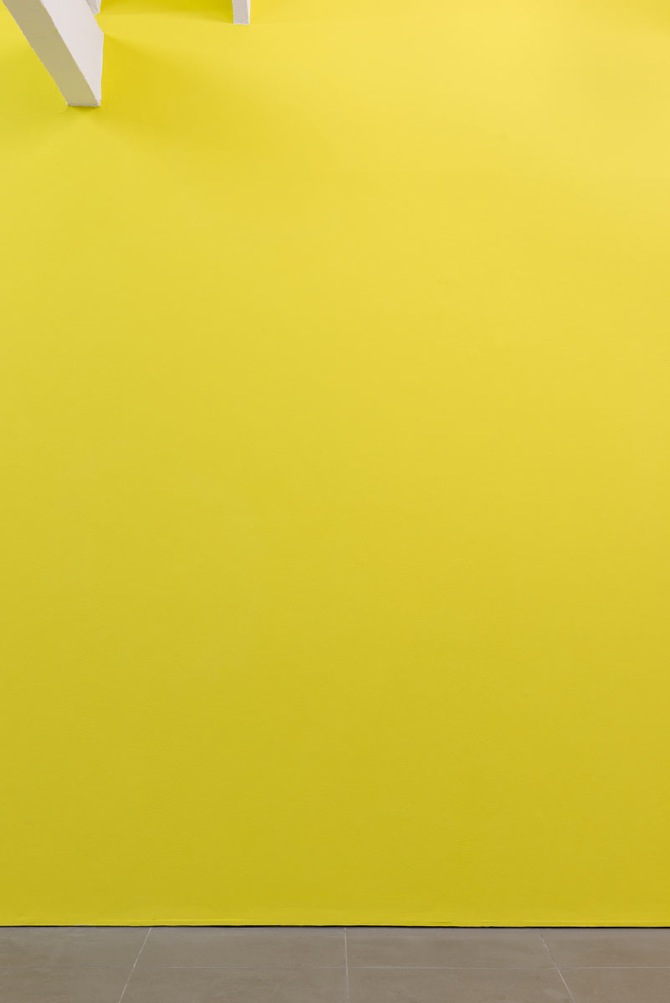



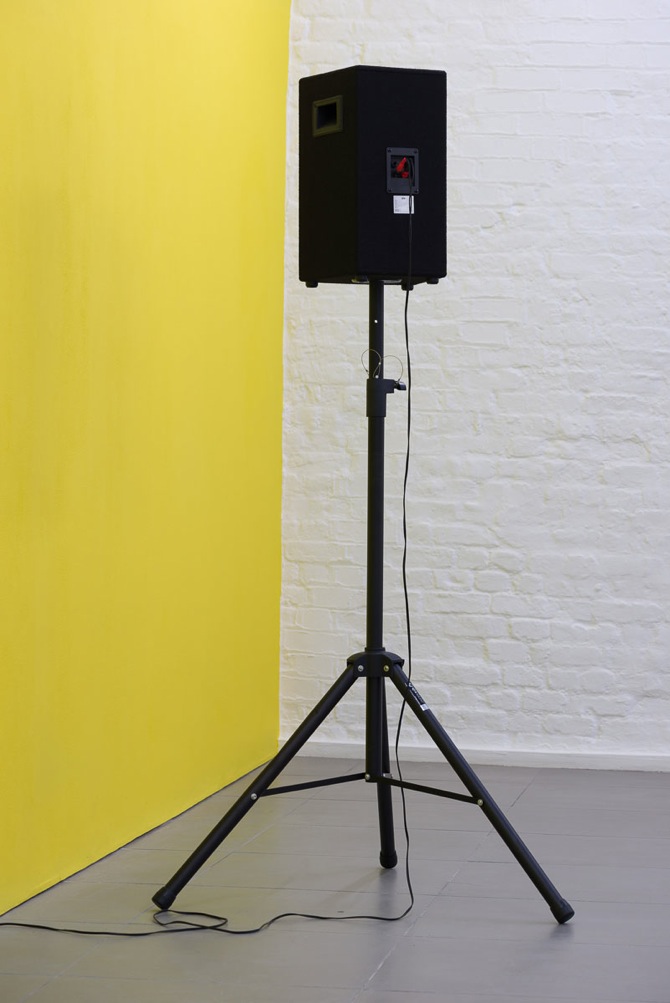
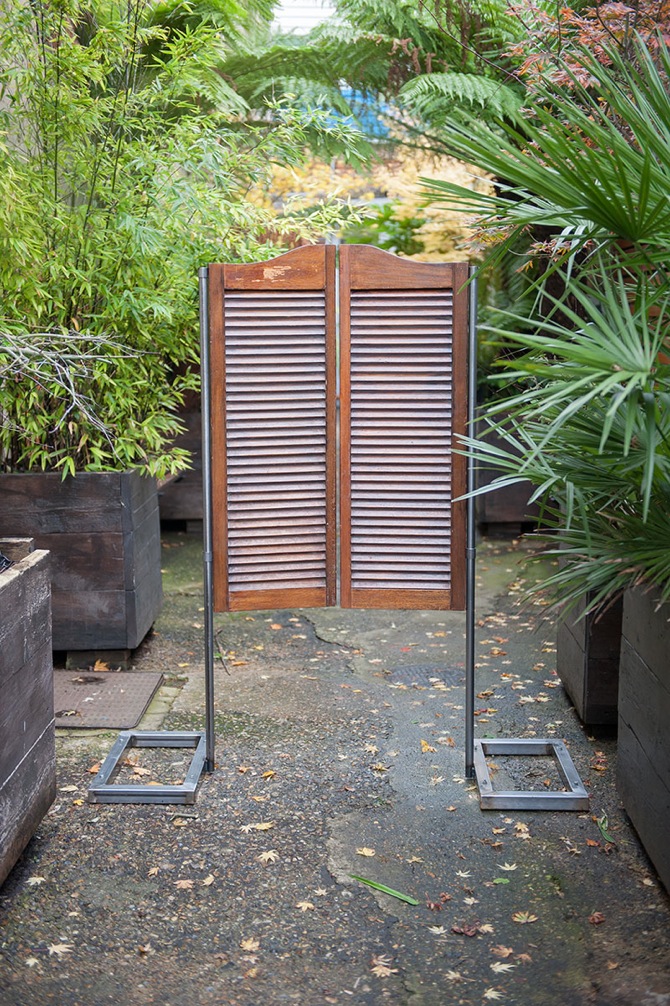 From the top: Matias Faldbakken, Parts Cabinet, 2013 / Bryan Dooley, Y-Mountain #3, 2013 / Paul Cowan, BCUASEE THE SKY IS BULE, 2013 / Paul Cowan, Untitled, 2013 / Koen Delaere, Untitled, 2013, in front of: Wade Guyton, Untitled, 2012 / Installation view: in the front Nikolas Gambaroff, Untitled, 2013 / Installation view left: Magali Reus, Parking (Jogs), 2013 and right: Wade Guyton Angled, 2013 / Marlie Mul, Munching, Crunching, 2013 / Outside view: Cell Projects and Chewday's / courtesy the artists, photos by Cell Project Space
From the top: Matias Faldbakken, Parts Cabinet, 2013 / Bryan Dooley, Y-Mountain #3, 2013 / Paul Cowan, BCUASEE THE SKY IS BULE, 2013 / Paul Cowan, Untitled, 2013 / Koen Delaere, Untitled, 2013, in front of: Wade Guyton, Untitled, 2012 / Installation view: in the front Nikolas Gambaroff, Untitled, 2013 / Installation view left: Magali Reus, Parking (Jogs), 2013 and right: Wade Guyton Angled, 2013 / Marlie Mul, Munching, Crunching, 2013 / Outside view: Cell Projects and Chewday's / courtesy the artists, photos by Cell Project Space